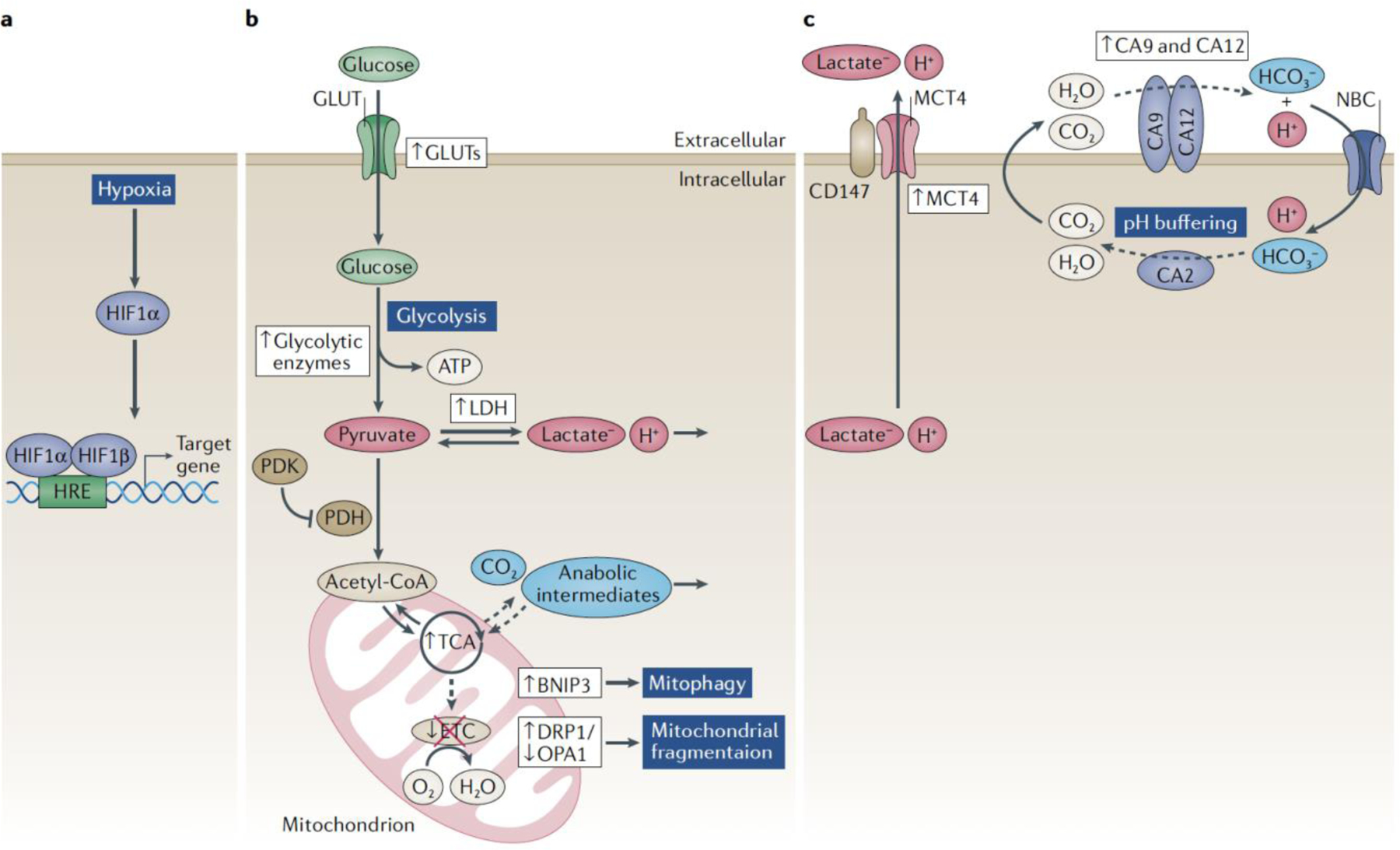Figure 2. HIF-1α -dependent metabolic and pH regulatory pathways in NP cells.

In the hypoxic NP cell, HIF-1α transcriptionally regulates many genes involved with glycolysis and pH regulation; HIF targets are shown in violet boxes, arrows denote up- or down- regulation. HIF-1α promotes glycolytic flux and lactate generation by controlling glucose import through GLUT1 and upregulating glycolytic enzymes. MCT4 facilitates the export of H+/lactate, in order to maintain intracellular pH and the perpetuation of pyruvate reduction. HIF-1α also modulates pyruvate entry into the mitochondrial TCA cycle through PDH-PDK1 axis, an area ripe for future investigations in disc cells. Although TCA cycle function is preserved in the NP, mitochondrial ETC is inhibited by hypoxia; arrows denote up- or down-regulation of the pathways. In order to maintain healthy mitochondrial activity, hypoxia and HIF-1α modulates autophagic and mitophagic pathways; HIF-targets shown in green boxes; arrows denote up- or down-regulation. Overall, to tightly control the intracellular pH in glycolytic NP cells, HIF-1α orchestrates a HCO3- buffering system, governed by CA9/12 and NBCs, and fueled by recycled and TCA-cycle derived CO2.
